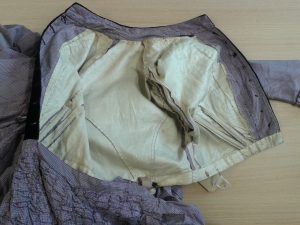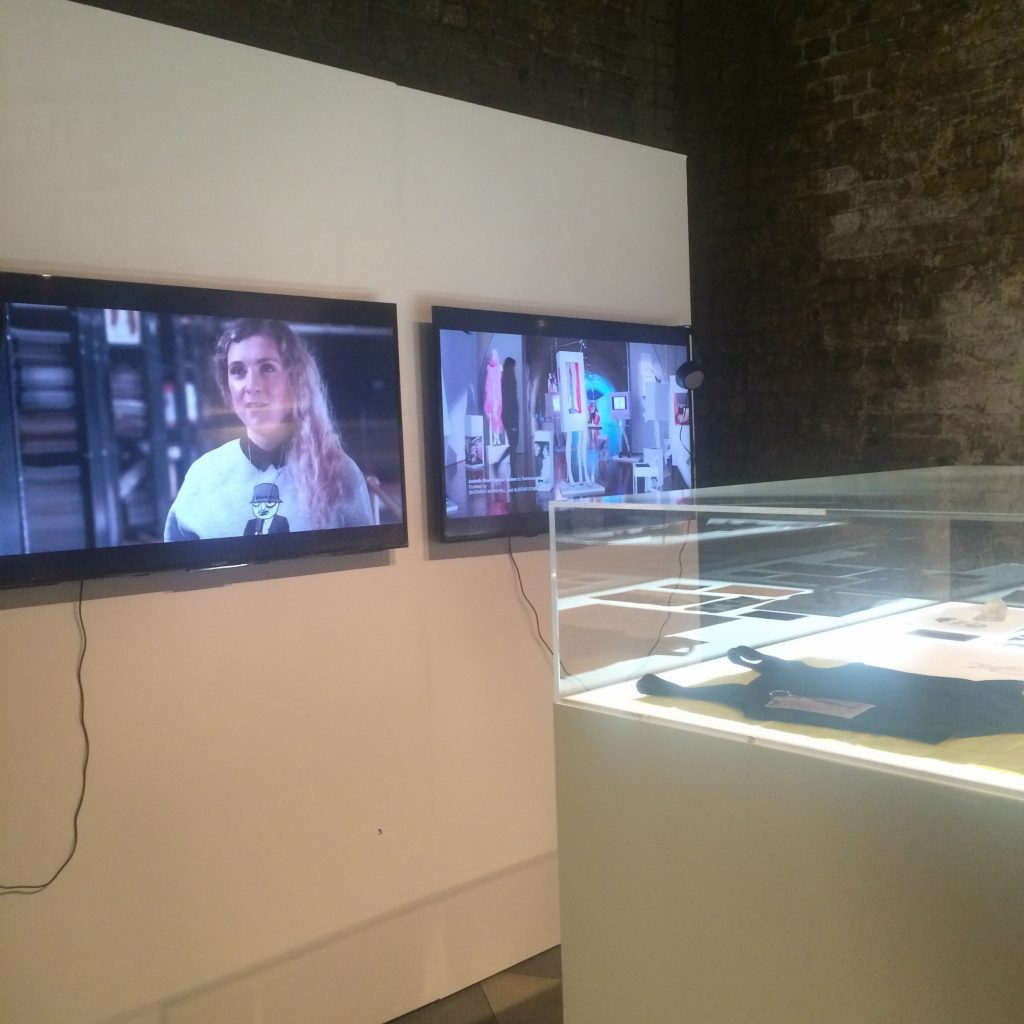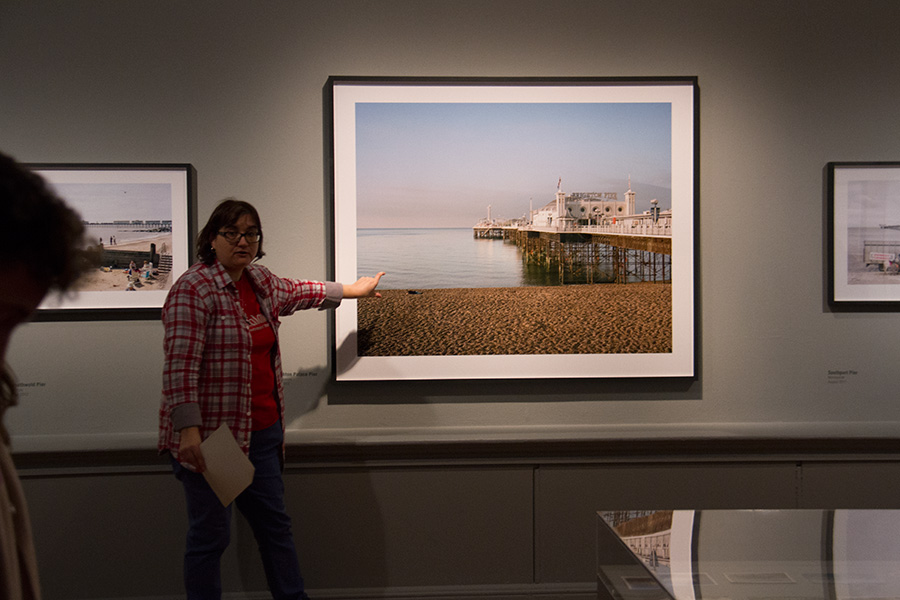Ella Winning, BA Visual Culture final year student, on winning a Breakthrough award for academic performance.
 Fig. 1 Award winners and donors at the 2018 ceremony
Fig. 1 Award winners and donors at the 2018 ceremony
I was very honoured to be the recipient of the Khadija Saye Visual Culture Breakthrough Award for 2017/18, for my performance in the second year of my BA Visual Culture degree. I hadn’t anticipated receiving this award – I didn’t even know of its existence – and I was (and still am) incredibly surprised. I am extremely grateful to my award’s donor, Andrew Davidson, who created and named the prize after the late Khadija Saye.
Saye was a 24-year-old artist based in London, whose work explored her sense of self, as well as common spirituality beyond religion. Her work was being shown in the 2017 Venice Biennale when her life was taken, alongside her mother’s, on the 20th floor of Grenfell tower on 14 June 2017. For someone so young, she showed masses of potential, and had started to receive the recognition for her talent she deserved in the days leading up to her tragic death.
As they were both involved in a mentoring scheme called Early Risers, Saye and Andrew met on a handful of occasions. Andrew was struck by the artist’s potential. He said, “I think one day she would have won the Turner Prize, or probably invented something better.”[1] To Andrew, the award is a “small way of honouring her memory and making some future creative paths to fulfilling careers a little smoother.”[2]
Alongside Andrew, many people have been inspirational for me throughout my studies, including my tutors and everyone at ONCA Gallery, where I carried out my Behind the Scenes placement. They have helped me with my work and provided valuable insight into visual culture practice. Receiving this award has given me a big confidence boost in my academic abilities and has encouraged me to pursue further study through a Masters next year.
The university-wide awards celebration ceremony took place on 4 December 2018, and brought together over 150 beneficiaries, donors, staff and other guests to celebrate the achievements of students from across the whole of the university through Breakthrough awards, scholarships, governors’ prizes as well as others. I was struck by the amazing work of those around me, including students focusing their work to aid vulnerable people, setting up valuable organisations, alongside the sheer amount of hard work inside and outside of studies.
While I unfortunately didn’t get to meet Andrew at the ceremony, we recently met over a coffee. A member of the Visual Culture alumni here at University of Brighton, Andrew is an Education and Communications Consultant. I loved hearing about his very interesting work, and his thoughts on course related topics that he is knowledgeable and passionate about. He believes strongly in supporting the university, and paving the way for students to kick start their careers. Hearing about his amazing work within the industry was incredibly valuable, especially in terms of understanding practical careers in art history to help others.
With the prize money, I have donated some to ONCA in the hope that it will help fund some of their fantastic work! With the rest I will save to take my mum on a well-deserved holiday. Thank you so much, Andrew, for your generosity and foresight in recognising and developing the potential of newcomers to the creative arts.
[1] Andrew Davidson, qted in Sarah Grant, “Encouraging talent to flourish” University of Brighton Alumni Association, WordPress, 25 Sep, 2017.
[2] Davidson, qted in Grant, “Encouraging talent to flourish”


















